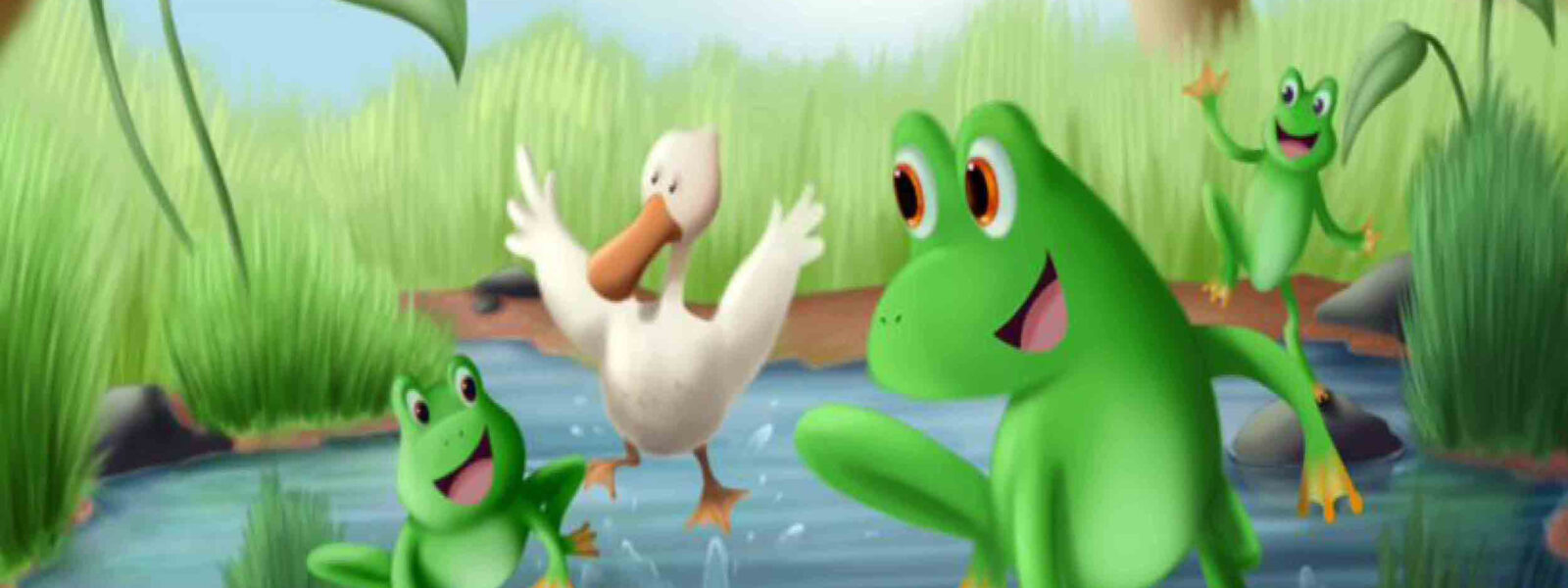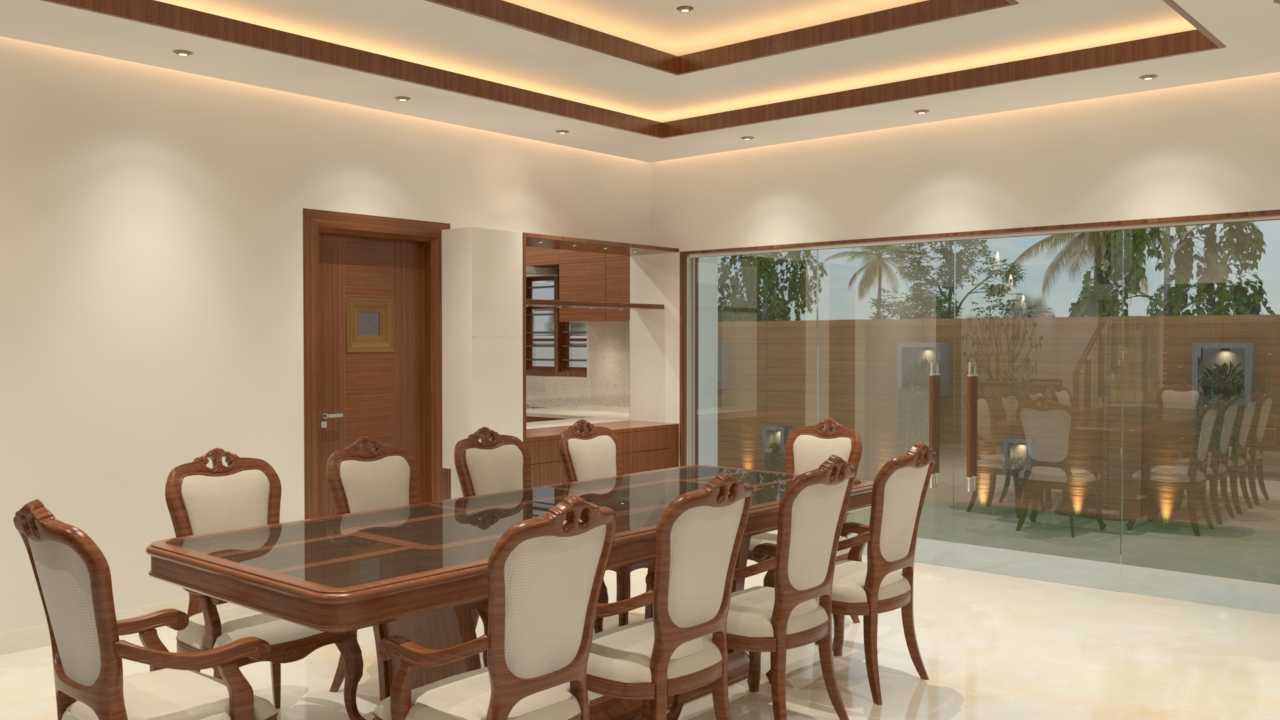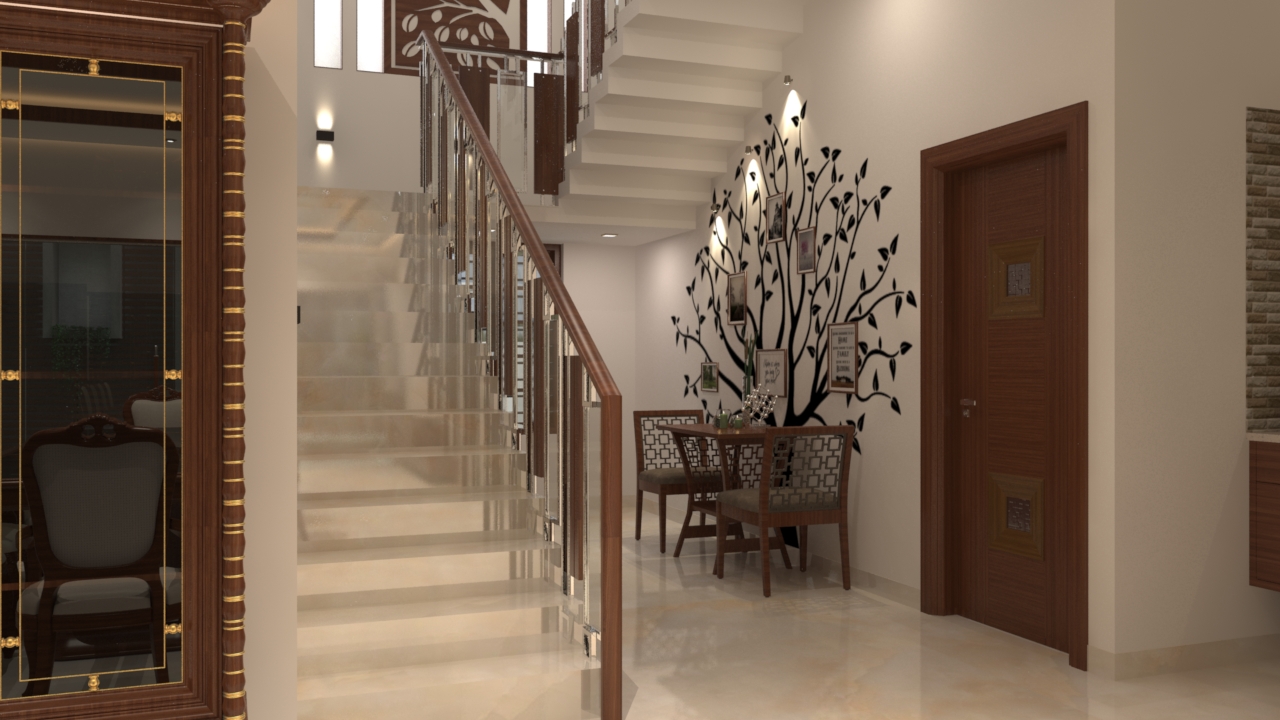What is 3D Animation used for?
Television and Movies: 3D animation is used in television and movies in the twenty-first century for special effects in live-action films and television shows, as well as to produce fully animated programmes.
Gaming: This thriving industry relies heavily on 3D animation.
People can remember videos better than other types of media, according to studies, particularly because they grab people’s attention better. It’s an excellent way to demonstrate concepts, especially as distance learning becomes more prevalent.
Commercials and Other Advertising: It’s amazing how much a 3D animation can add to advertisements, not just commercials, but even online and in extended formats like social media and in-app ads. While much of the history of animation is most visible to the general public in how it has been used in the film industry, the fact is that 3D animation is now more than ever used in a wide range of industries.
Marketing: 3D animation will add a lot of zing to every marketing campaign and help you reach out to more people.
Medicine: 3D animation has been used in the medical field for a wide range of activities since the early days of computer graphics. Simulations of dissections and surgeries, patient education, and pharmacological and medical device marketing are only a few of its applications.
Architecture and Design: 3D animation benefits everyone involved in a construction project. The ability to walk through a room that is only imagined and does not yet exist is provided by 3D animation. This is ideal for an architect or engineer to find defects in a design. It simplifies the map for the construction company and provides a way for customers to understand the project, also enabling them to experience various times of day in a building that has yet to be built.
Retail: As online shopping has grown in popularity, more and more retailers have discovered that 3D animation is invaluable in bolstering product descriptions, genuinely helping their business to stand out and introducing the product to customers in a way that they can understand.
Simulations: In situations where practising in real-life situations is too dangerous, simulations can be a useful method. Military exercises and surgical procedures are two examples. This can also be used to evaluate the likelihood of such results and risks in a given scenario.
Prototyping: Prototyping enables an object to be virtually formed, tested, and explored before it is manufactured, which is particularly important in the manufacturing industry. This can be used to make machinery as well. 3D animation enables a much faster pace of technical advancement while lowering overhead costs.











